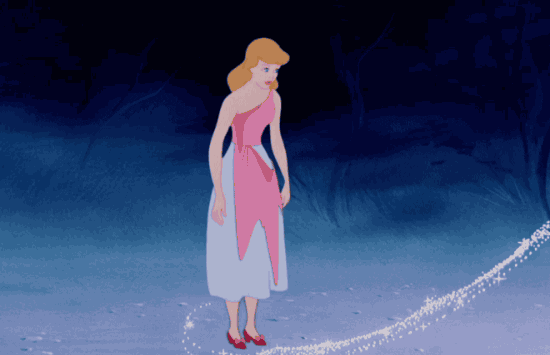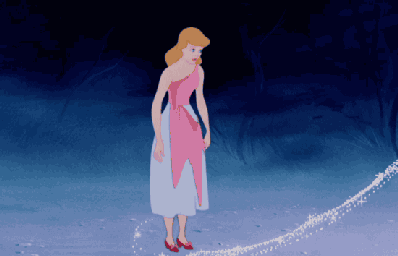Two new Cinderella movies recently came out this year: Cinderella, starring Camila Cabello and A Cinderella Story: Starstruck. As an avid watcher and lover of Cinderella adaptations, these versions made me wonder, why does Hollywood continue to adapt this fairytale?
THE CINDERELLA BLUEPRINT
We all know the original story but I will be breaking it down a bit for those who are not familiarized with it. The first recorded history of the Cinderella figure was in sixth century Greece, but the wider known version was by the Brothers Grimm. “Cinderella” or “The Little Glass Slipper” is a little German tale that is way darker than the Disney version. It centers on a young girl who lives with her stepmother and stepsisters after her mother has died and her father remarried. Despite the beauty of her stepmother and stepsisters, their evil hearts mistreat Cinderella. Suddenly, a grand ball that was meant to last three days gave Cinderella the opportunity to leave her past behind, but she had lots of hurdles to face. Unlike the known tropes that surround the many versions of Cinderella, there was no fairy Godmother. Instead, there were helpful birds, a magical tree, and cut toes. Needless to say, the Disney version needed to do some adjustments to make the film family friendly. Thus, we have the blueprint of Cinderella with the 1950’s version. The things added were magical mice, less birds, a shortened ball, a fairy godmother, and less blood.
However, all versions keep the message of Cinderella pretty much the same: be kind towards others and never give up hope that your dreams will come true.
Now, the versions created after the Disney movie all take contemporary approaches to presenting the story. They illustrate the values of each generation (at least what Hollywood believes will be relatable) and focus on lessons that continue to capture audiences’ attention. My personal favorites are the 1997 version with Brandy and Whitney Houston, A Cinderella Story series, Into the Woods (the Broadway version), Ever After, Ella Enchanted, and the Lunar Chronicles book series. Hollywood has given us some unique takes on the story and some misfires (I’m looking at you, 2021 Cinderella), but I overall enjoy how people retell this classic tale and how they present their vision of the character.
THE PRINCE, STEPMOTHER, STEPSISTERS AND FAIRY GODMOTHER
Other noteworthy aspects of Cinderella are the side characters. The prince, for example, has been developed in different ways. Some versions play into the charming aspect of his character like Into The Woods, and others have given the prince ambition or an arrogant personality that matures because of Cinderella’s determination and kind heart, like A Cinderella Story starring Hillary Duff. Mostly, we root for the Prince and Cinderella because he shows her kindness, as she has shown towards others. However, the prince is just a means to an end to Cinderella’s suffering, so he doesn’t have much characterization.
The character development of the stepmother and stepsisters is very different. They originally were portrayed as a mirror to Cinderella, warning children of evil traits that must be avoided. However, in the newer versions, the characters are presented in a more nuanced way. Some have the stepmother being a greedy woman who mistreats Cinderella, or a suffering woman who would never live up to her husband’s dead wife and takes her frustration out on his daughter, like the 2015 Disney version. While the stepsister can be either silly women wanting to marry the prince or pressured by their mother to follow her strict rules.
Finally, the godmother is portrayed as the first person to show her kindness in a long time in the 1950’s version, though sometimes unreliable, like in Ella Enchanted, or sarcastic, like in the Brandi version. This added character replaces the magical tree of the original and gives Cinderella a chance to establish her kind spirit before the ball.
It is very interesting how they portrayed these side characters and how they add a newer aspect to the motivation and development of Cinderella.
WHY WE LOVE CINDERELLA
Newer versions of Cinderella continue to appear because they resonate with each culture and showcase the values of each generation. We like to root for the little guy, and we celebrate their happiness. Even as Cinderella aspires to become a dressmaker, dreams of going to college, or simply wants to fall in love, we want to root for her success. However, Hollywood shouldn’t get lazy and give us unimagined retellings that misguidedly portray Cinderella as a girl boss. As audience members, we deserve retellings that capture our society’s values in a thought-provoking way. If newer versions of Cinderella want to be more self-conscious, they shouldn’t underestimate their audience’s intelligence. We can have a smart, self-reliant, independent Cinderella who continues to show the core aspect of her character, which is kindness. Also, the side characters need to serve a purpose in the story. They cannot just be gags to be laughed at the expense of their development. Nevertheless, I am excited for future Cinderella stories, and I will be there to add them to my watch list.


